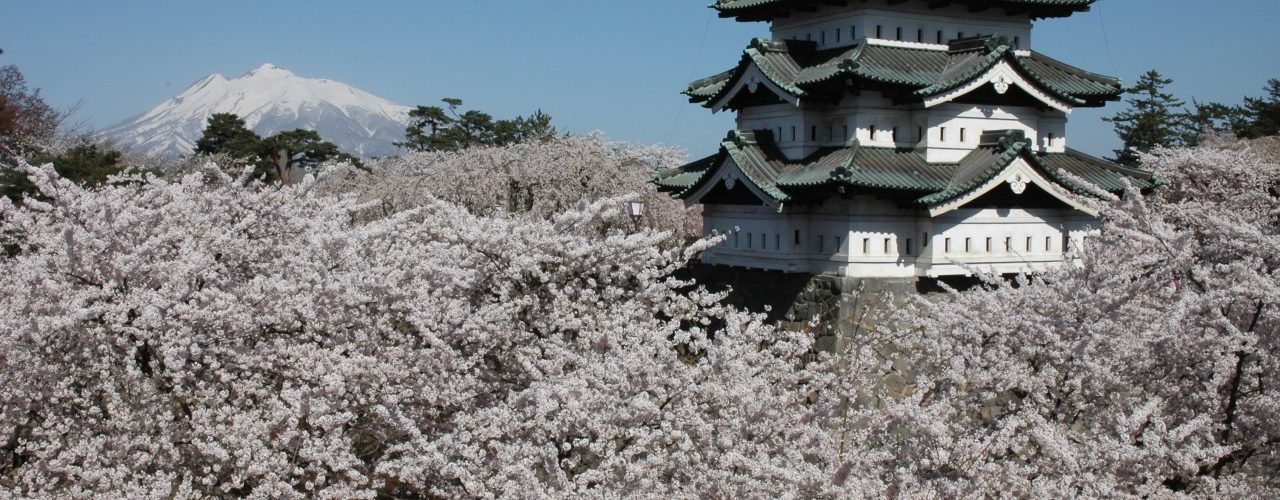Snow-capped mountains, futuristic trains and the sweet smell of cherry blossom (sakura). Lorraine Worsley-Carter visits Japan in Springtime.
If I would have visited a fortune teller when I was younger and been told that I would travel halfway around the world to admire flowers, I would have asked for my money back.

Life has taught me, however, never to say never. So, when our precious daughter Hayley married her wonderful Sean, whose Mum is Japanese, suddenly the islands of Japan became of interest to us. Through our new family, we had already experienced the grace, courtesy and attention to detail that is inherent in the Japanese culture. We had already seen how design, colour and artistry, whether with thread and needle, paint brushes or wooden carving, even food presentation, was so beautifully executed.
With our new-found inquisitiveness about Japan, we were delighted to be invited to join Hayley and Sean on their return trip to Japan in April, where they would celebrate their first wedding anniversary during hanami – the time when sakura, the cherry blossom, is celebrated for a short, precious time throughout Japan.
We understood that we could not see all of Japan in 9 days, so, armed with a full itinerary prepared for us by the happy couple, we travelled to London for our flight from Heathrow bound for Osaka and, four days later, onwards to Tokyo by shinkansen – the famous Japanese bullet train.
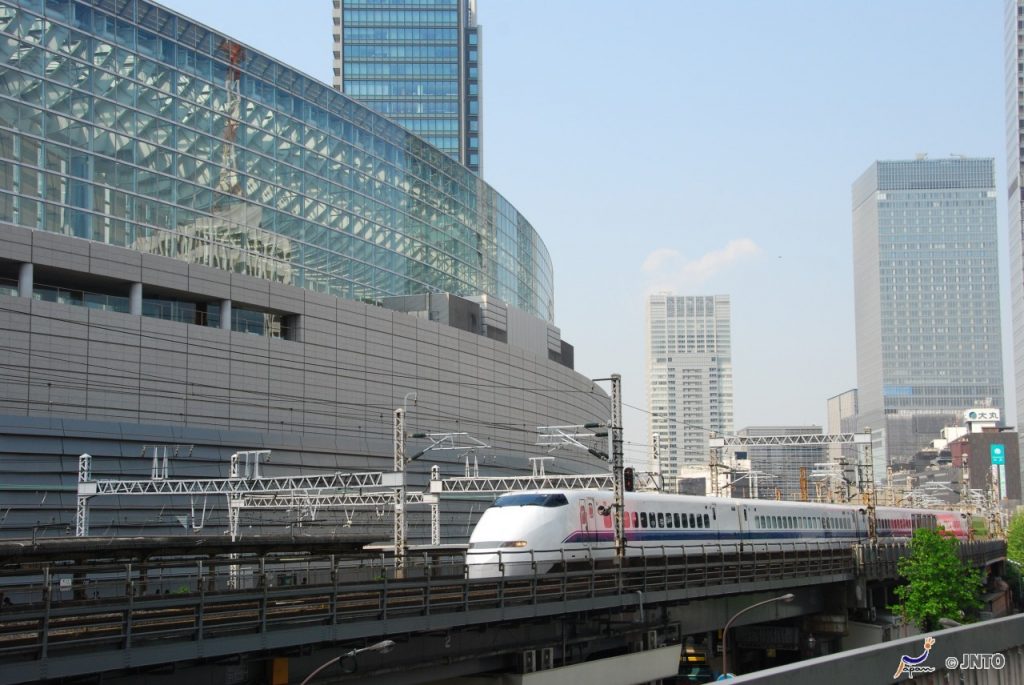
Shinkiansen Bullet Train ©Y.Shimizu ©JNTO
We had to change planes at Amsterdam for our onward journey and there was much excitement amongst the aircrew and passengers when members of the Japanese Rugby Team boarded. Obviously, this year rugby is high on the agenda in Japan with the World Cup being held there in November.
After a 11-ish hour flight, we landed in Osaka, dazed from a comfortable but sleepless journey. We were grateful to be herded along by Sean to the railway station where we would travel onwards to Osaka. Our first experience of boarding a train was a little surreal for us, still in our somnambulist state; people were queuing in orderly lines at points along the platform, hence no pushing, shoving, no hands placed in the small of one’s back being not-so-gently propelled forward into a non-existent space. Once on the train, no loud chattering, no feet on seats and the guard, on entering each coach, bowed and bid a good morning. At this point we wondered if we were dreaming.
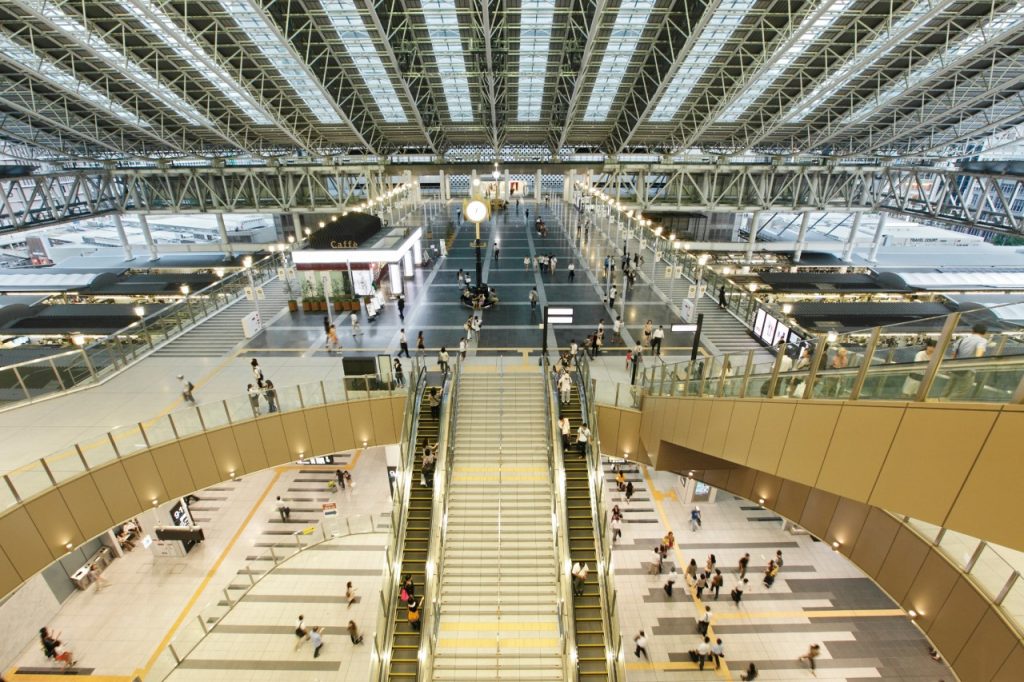
Osaka, originally called Naniwa, a name still heard today, was once the centre of Japan’s rice distribution. Rice was akin to currency during the Edo period (1603-1868), and Osaka was often described as ‘Japan’s Kitchen.’ Today, Osaka has developed into a major economic hub, second only to Tokyo, and with Japan’s second-largest airport. With fabulous rail networks both above- and under-ground, Osaka is the perfect base for visitors to the Kansai region.
Staying in Shin-Osaka, a suburb of Osaka next to the shinkansen railway station, made visits to other towns much easier. Osaka town centre is a must and only 15 minutes away from Shin-Osaka Station. I honestly believed that there was only one ‘bullet train’, so my excitement was complete when I found we could take the shinkansen daily to our chosen destinations. For me, Osaka and its environs were the perfect introduction to Japan before the hectic, heady sights of Tokyo.
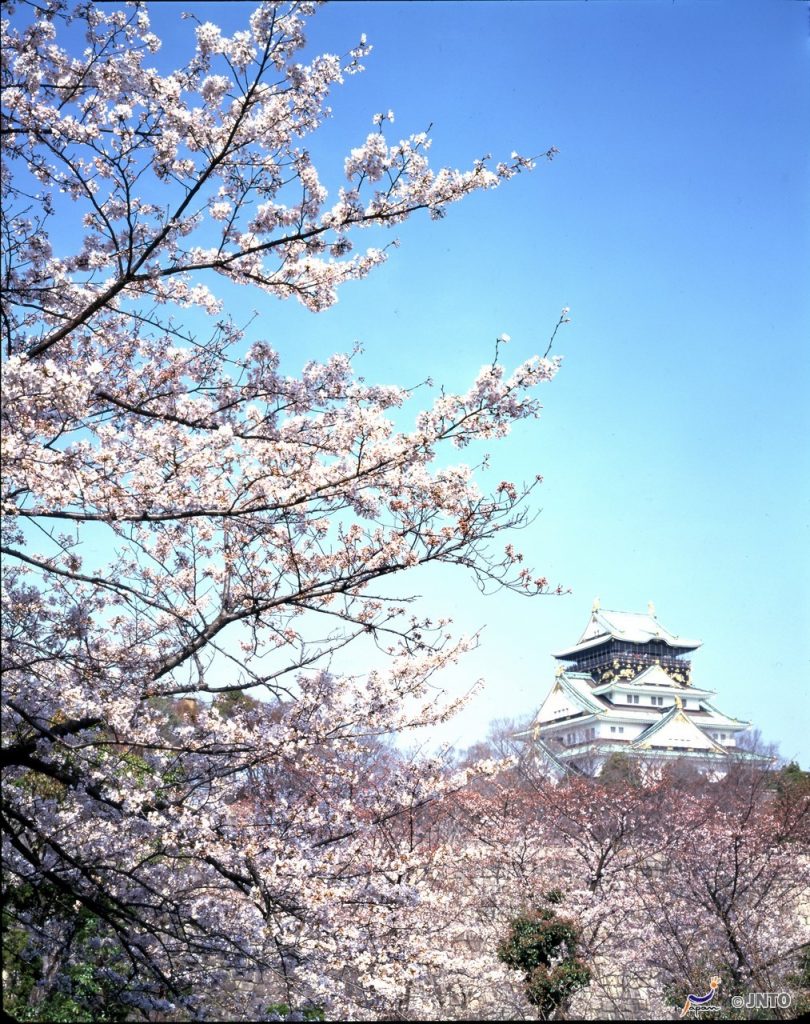
Joining the hundreds of people (with no-one pushing) on the walk to and around Osakajo, Osaka Castle, as night fell, surrounded by beautiful blossom and joyful Osakans celebrating hanami, will stay in my mind’s eye for ever. Osaka Castle was originally completed in 1586 as a display of power and grandeur by the samurai warlord and ruler of Japan, Toyotomi Hideyoshi after accomplishing his goal of unifying Japan. The impressive castle took only three years to complete, thanks to the hard work of around 100,000 workers. On the night of our visit, the castle, which westerners would call a ‘palace’, stood resplendent, illuminated against the ink-black sky and surrounded by thousands of artfully up-lighted, heavily-laden blossom trees. The fireflies danced around the bark of the trees, a sight I had only ever witnessed in a Disney animation. Stepping on a carpet of pure white, deepest pink and sugar-pink coloured petals is one of those never-to-be-forgotten moments.
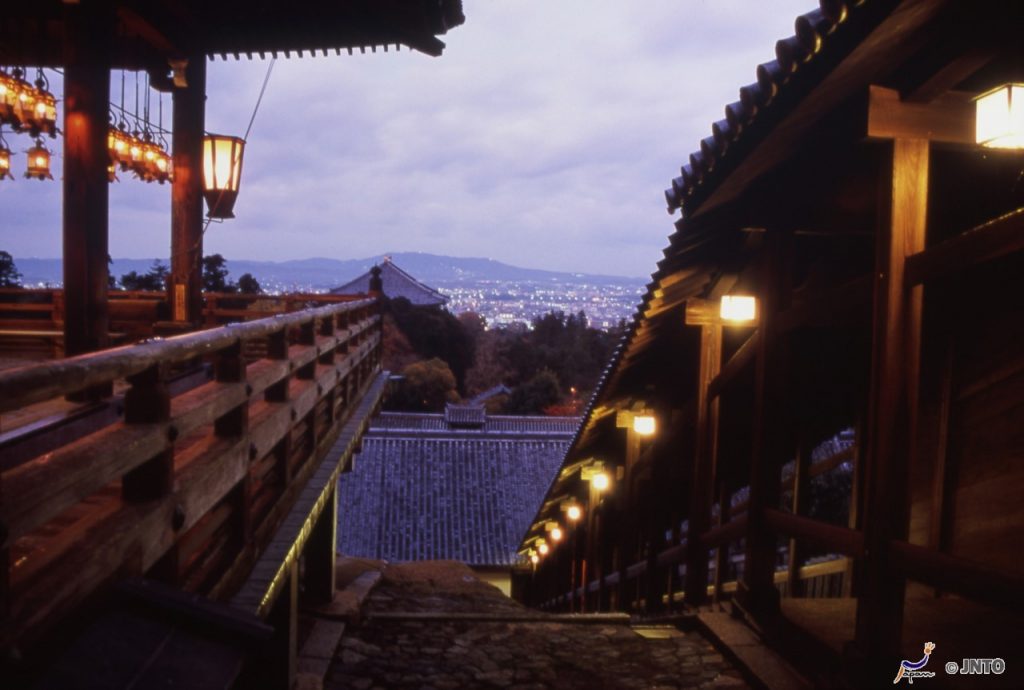
Senses well and truly overloaded with the awe-inspiring sight and heady smell of blossom, the next day, we continued our visit and travelled onto peaceful Nara. We paid homage to the impressive bronze statue of Buddha, housed in the world’s largest wooden structure, the Great Buddha Hall in the Todai-ji Temple. We bowed to the sacred deer, who have been regarded as the messengers of the gods since ancient times. I was delighted to find that the deer did in fact bow, or rather nod, back to me. Sadly, I was not being singled out by the gods as there were lots of deer, bowing to lots of visitors. This fact did not stop me thanking the beautiful creatures, just in case!
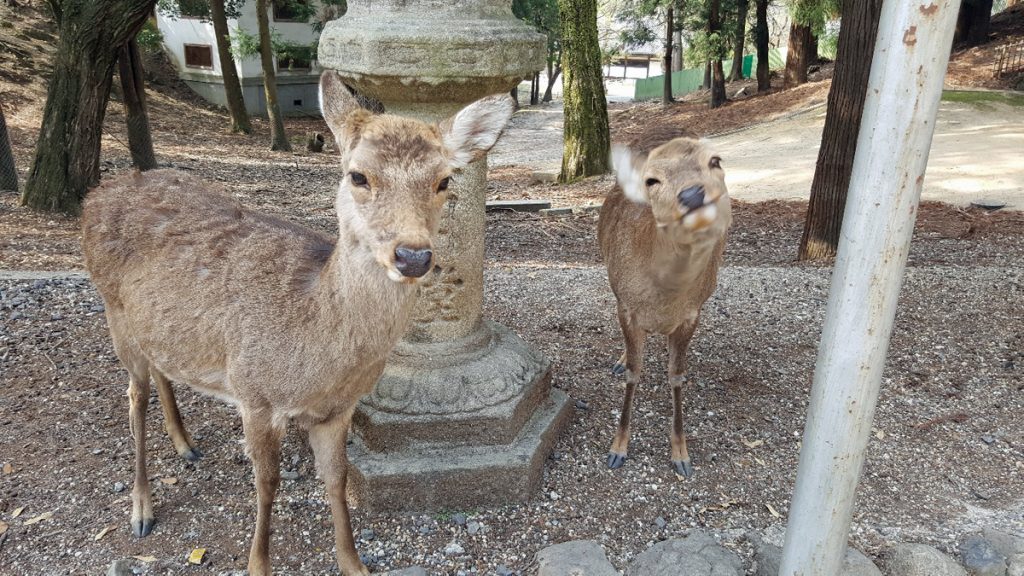
The next whole day was spent in Kyoto, travelling once again by shinkansen to a past capital of Japan, and Japan’s cultural heart.
Here I was to find my favourite temple, the oldest Zen Temple in Kyoto, Kennin-ji. After a few days in Japan, it can be possible to get ‘templed out’, but I think every visitor will have their own favourite, and Kennin-ji was mine. I could have very easily stayed there for much longer, seated on a wooden floor, my eyes resting on the beautiful waves of carefully tendered pebbles, the sounds of birds in the trees, a glimpse of a passing geisha, relishing the opportunity, for just for a few minutes, to stop and ‘be.’
We had the added bonus of visiting a tea house at the very moment that the much-loved writer and TV presenter, Monty Don OBE, was leaving with his crew. Nearly a year later, we have been able to re-live some of our travels in his recent programme ‘Gardens of Japan.’ For us, the show had been stolen in the tea house by the owner’s little white dog, resplendent in a pink tutu. We were delighted to see that she had also been captured on film, as there she was in the closing shots of the programme!
There are shops where you can rent out geisha costumes and many women who rented the outfits looked the part – until you see a true geisha. Kyoto is the Geisha capital of the world. These days, girls choose to become a Geisha, and they are more likely to be called a maiko if they are between the ages of 15 and 20, as they will be learning their arts whilst living in a Geisha house called an okiya. They wear a long-sleeved kimono and elaborate hair ornaments. When the five-year training is complete, they become a geiko, the Kyoto word for Geisha. As a geiko, a wig will be worn with less ornaments, and usually just a wooden comb. The kimono will have shorter sleeves and will be less elaborate than that of a maiko.
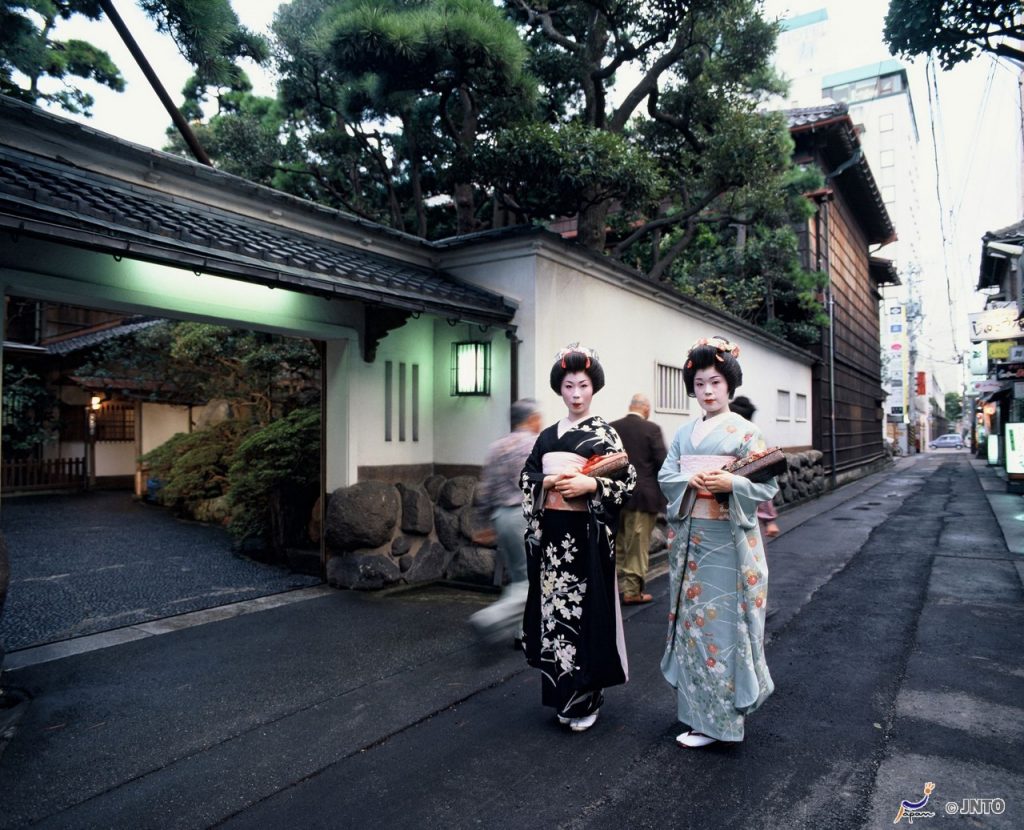
Our walk took us to Gion and, later, we took the opportunity to tread along the Philosopher’s Walk. Here, we saw a little of what old Japan must have looked like, with many storekeepers carefully maintaining the old ways. We could see some of the classic wooden machaca houses, with latticed fronts and tiled roofs. We drank green tea and ate green tea ice cream in a teahouse and, once again, we were enveloped in and enraptured by sakura at every step.
The next part of our adventure began the following day when we boarded the shinkansen to Tokyo! The cleanest train I have ever seen, with an area for smoking, for using a telephone booth, for putting on your make-up. Everything, apart from one piece of litter.
We stayed near the famous Shibuya crossing, the world’s busiest pedestrian crossing, also known as Hachiko – and yes, no-one bumped into anyone as the lights changed and we all moved forward. Magnificent!
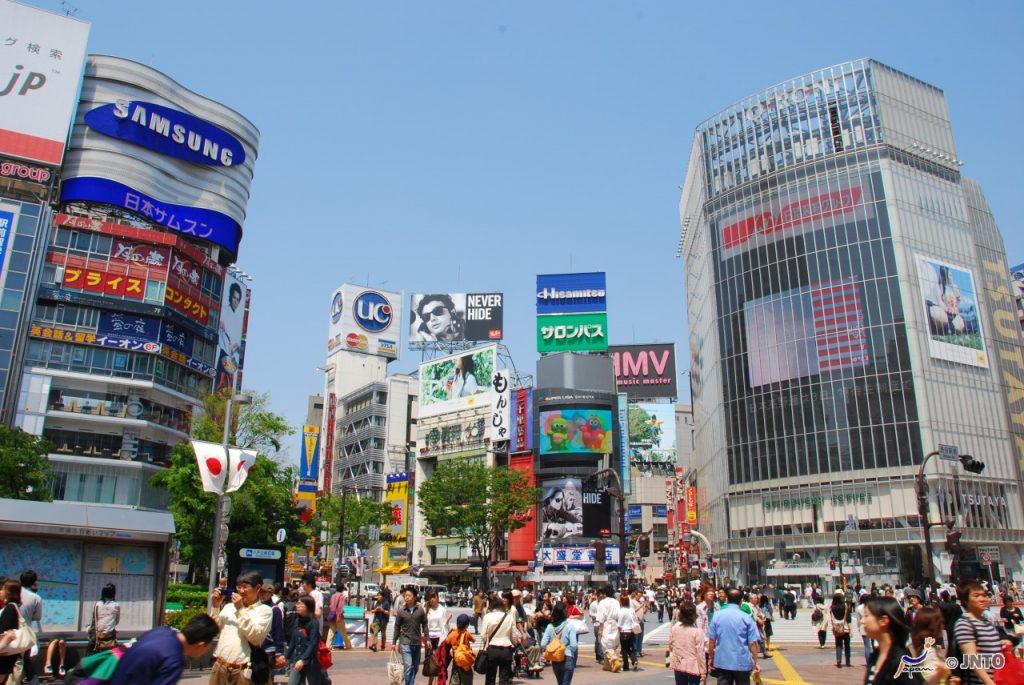
Shibuya is everything one associates with Tokyo. Tokyo’s youth have made this area their own; neon abounds rather than cherry blossom, there are arcades where you can play taiko drums, drive fast cars (albeit in a video game), change your looks for photos, pit your wits against friends. It is easy to be caught up in the throbbing fast-fun madness, which is how we found ourselves singing karaoke in our own, private booth room with drinks available, part of around 100 such rooms in just one building among hundreds of such buildings, totally dedicated to the voice and the microphone!
A visit to the Meiji Shrine the next day eased our still-hyper state, walking through the 11-metre-high torii gate, the largest in Japan, and built from centuries-old Cypress trees. Within this serene area it is difficult to imagine that just down the road lies the frenetic shopping area of Harajuku, where youths dress up in the lightening-changing fashions and young “Harajuku girls”, as they are known, can be seen in cute, doll-like dresses with layers of lace frills, buttons and bows, inspired by manga cartoons.
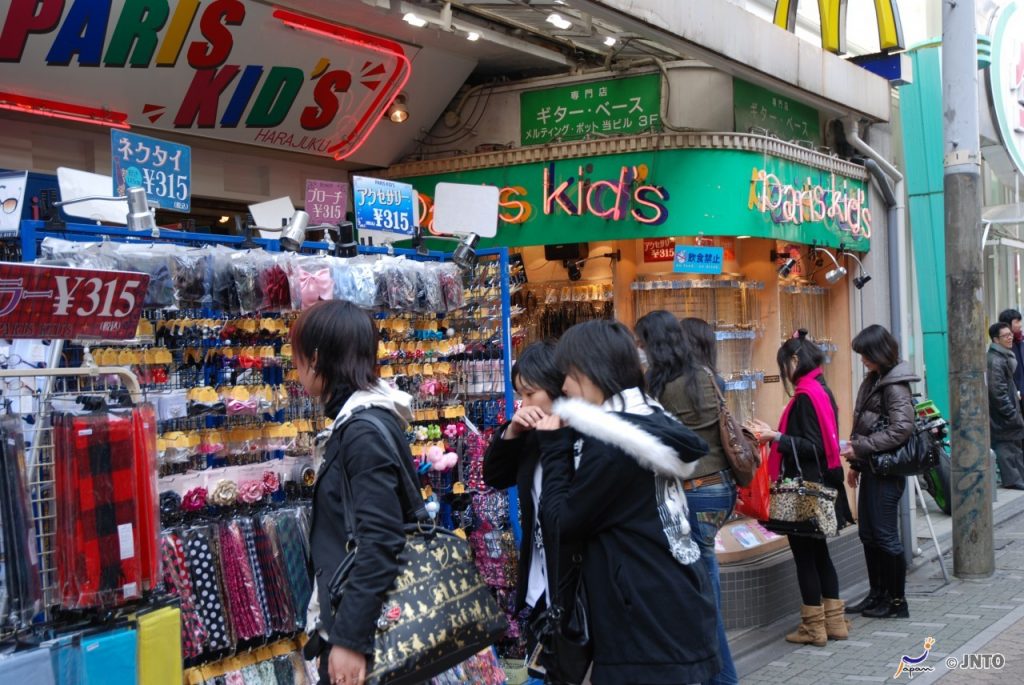
Our last evening in Tokyo had to involve a bird’s eye view of the city from the famous Tokyo Skytree, with lighting patterns which change every day. The Skytree is world’s tallest free-standing tower and has observation decks on two levels, together with quite a lovely restaurant & bar. Once again, the ancient and modern blend seamlessly here as the tower is built on similar principles used by architects centuries ago when building their pagodas in order to withstand earthquakes. Tokyo is subject to frequent tremors, although most are minor. Earthquake drills still take place every 1st September, the anniversary of Tokyo’s most devasting earthquake, which happened in 1923.
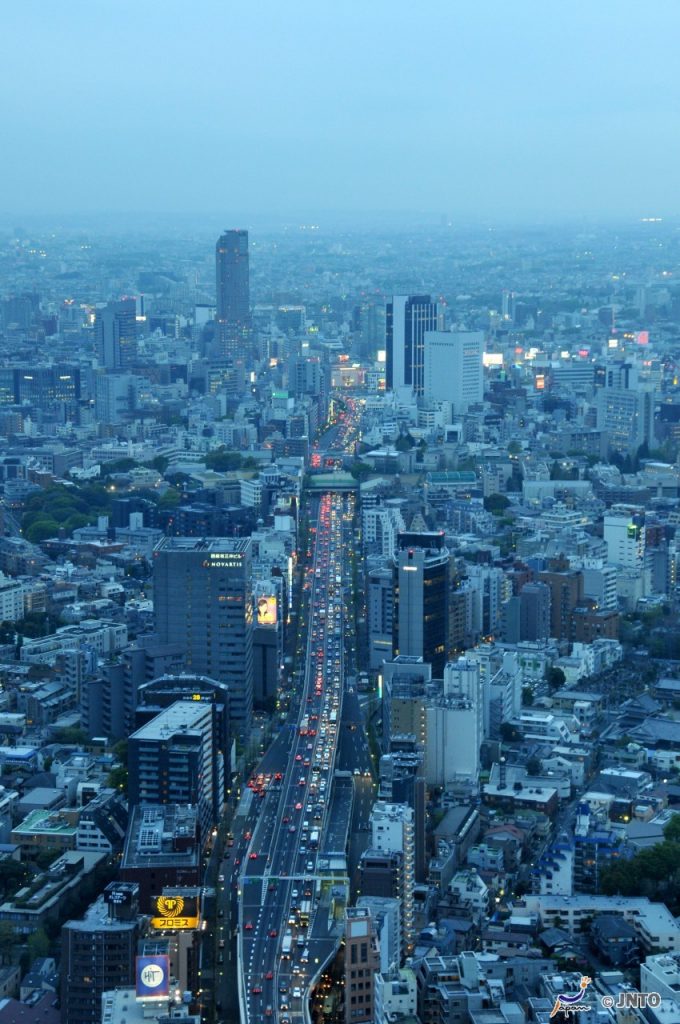
Leaving Tokyo to return to Osaka for our flight home, our journey was complete when, through the train window, we saw Japan’s highest peak – Mount Fuji, officially listed as an active volcano. I can safely say that, with its snow-capped summit, seeing Mount Fuji-san really was the icing on the cake!
You will have noticed, perhaps, that I have not mentioned food. As I am fatally allergic to fish and fish oil, I had to eat mainly in our apartment, although the vegan and vegetarian restaurants we ate in were enjoyed by all of us but, as they were very local, I do not have their names. Seeing the array of sea and river-fish cuisine available from street vendors and chic restaurants, I was almost tempted to try!
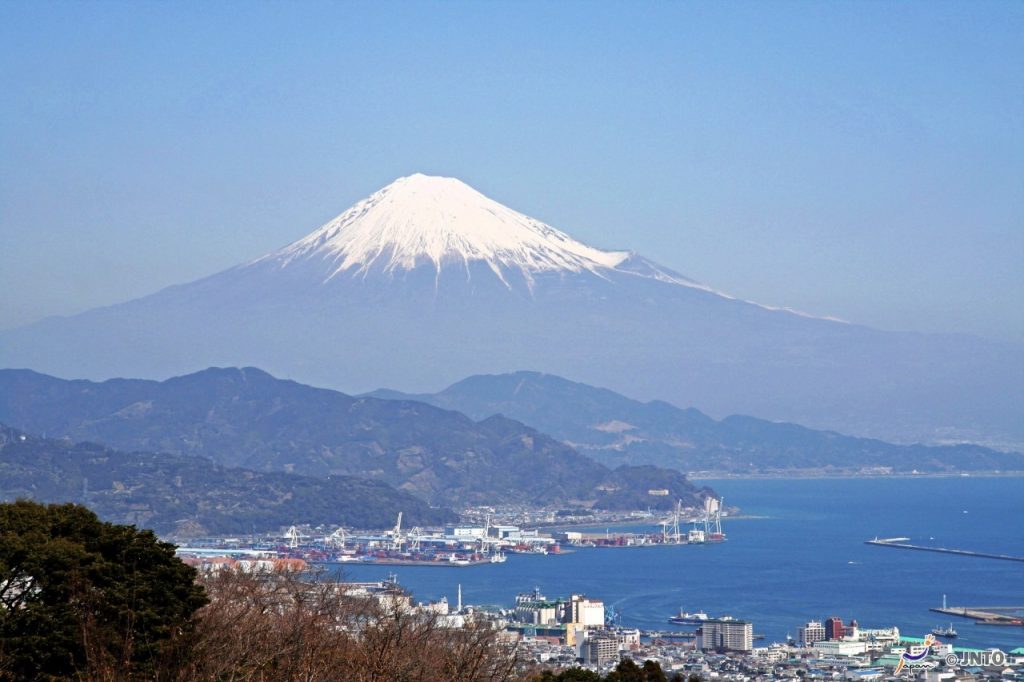
What I take from Japan is the culture of courtesy, and the taking of responsibility for your own actions. For instance, taking your own flannel on a day out so as not to waste paper or machine energy in drying your hands after visiting a lavatory. Ensuring that you take your own litter home but, should there be some litter outside your home – no doubt dropped by a pesky tourist – not only do you pick it up, but also sweep the street. The delight in watching numerous people leave their expensive laptops and phones in coffee shops to go and queue at the food counter, safe in the knowledge that no-one will steal from you. Queuing in straight lines to board buses, trains and underground. The simple bow of courtesy when you meet anyone.
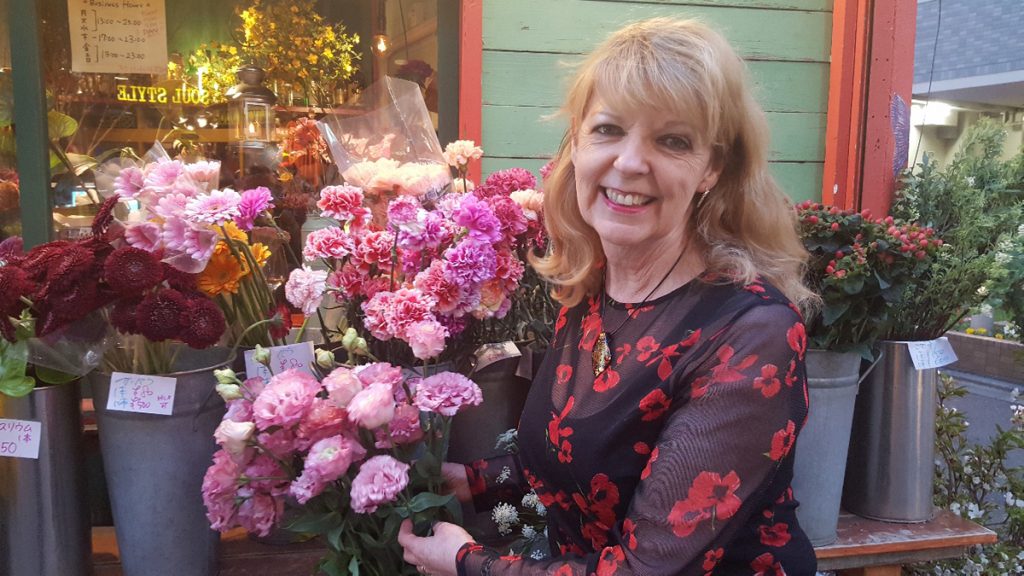
My favourite place in all of Tokyo was the Flower Bar Gardena. A gorgeous florist shop where roses, lilies, and blooms of such hue as I have never seen before and, during the evening, the counter becomes a bar where you can sit and sip wine whilst the owner makes up beautiful bouquets of such artistry, you would never want the flowers to fade.
Having crossed halfway across the world to experience so many things, it is the flowers that will stay with me forever.

